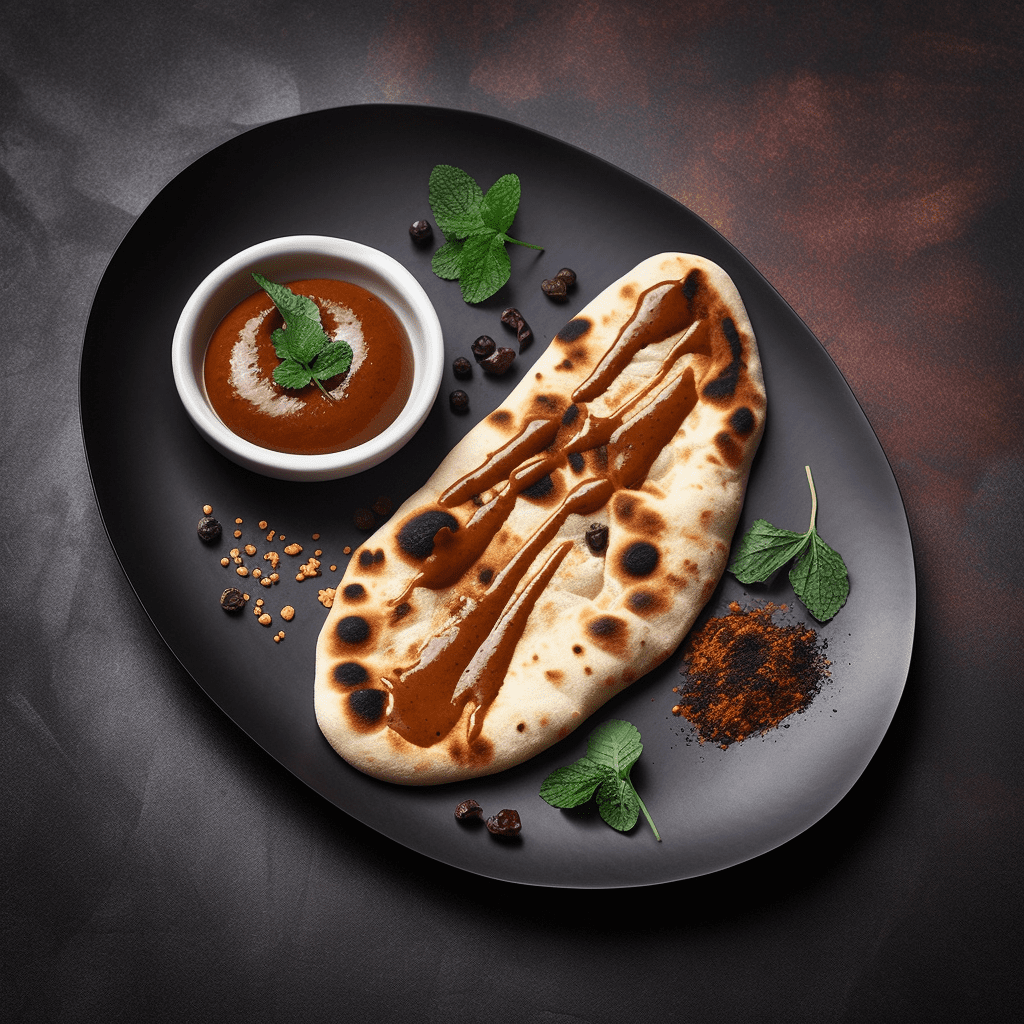
I still remember the first time I had Tandoori Naan with Dal Makhani. It was during my trip to India, and I was lucky enough to visit a small village in Punjab where the dish originated. The aroma of freshly baked naan filled the air as I entered a local restaurant. The chef, with his skilled hands, effortlessly flipped the naan in a traditional tandoor oven. The golden-brown, blistered bread had a beautiful char that gave it a smoky flavor.
As I sat down to eat, I couldn’t help but marvel at the rich, velvety Dal Makhani that accompanied the naan. The creamy lentils were slow-cooked to perfection, allowing the flavors to meld together. Each bite was a balance of earthy lentils and aromatic spices.
The experience was so memorable that I’ve since tried to recreate this dish at home. With a bit of practice and experimentation, I’ve come up with a recipe that I believe captures the essence of the authentic Tandoori Naan with Dal Makhani. Let me share it with you!
Ingredients:
For Tandoori Naan:
– 2 cups all-purpose flour
– 1 teaspoon active dry yeast
– 1 teaspoon sugar
– 1/2 teaspoon salt
– 1/4 cup plain yogurt
– 1/4 cup milk
– 2 tablespoons melted ghee
– Nigella seeds or sesame seeds (optional, for topping)
For Dal Makhani:
– 1 cup whole black lentils (sabut urad dal), soaked overnight
– 1/4 cup kidney beans (rajma), soaked overnight
– 2 tablespoons ghee or butter
– 1 large onion, finely chopped
– 4 cloves of garlic, minced
– 1-inch piece of ginger, grated
– 2 tomatoes, pureed
– 1 teaspoon cumin seeds
– 1 teaspoon red chili powder
– 1/2 teaspoon turmeric powder
– 1 teaspoon garam masala
– Salt, to taste
– 1/4 cup cream
– Fresh cilantro leaves, for garnish
Instructions:
Step 1: Prepare the Tandoori Naan dough
1. In a small bowl, dissolve the yeast and sugar in warm water. Let it sit for 5-10 minutes, or until frothy.
2. In a large mixing bowl, combine the all-purpose flour and salt. Make a well in the center and pour in the yeast mixture, yogurt, milk, and melted ghee.
3. Mix well with a wooden spoon until a soft dough forms.
4. Transfer the dough onto a floured surface and knead for about 5-7 minutes, or until the dough is smooth and elastic.
5. Place the dough in a greased bowl, cover with a damp cloth, and let it rise in a warm place for about 1-2 hours, or until doubled in size.
Step 2: Shape and cook the Tandoori Naan
1. Preheat your oven to its highest temperature (usually around 500°F or 260°C) with a baking stone or baking sheet inside.
2. Punch down the risen dough and divide it into 6 equal portions. Roll each portion into a circular shape, about 1/4 inch thick.
3. If desired, sprinkle nigella seeds or sesame seeds on top of the naan and gently press them into the dough.
4. Carefully transfer the naan onto the preheated baking stone or baking sheet.
5. Bake for 2-3 minutes on each side or until the naan puffs up and develops golden-brown spots. Keep an eye on them as they cook quickly!
6. Remove the naan from the oven and brush them with melted ghee for extra flavor and shine.
Step 3: Prepare the Dal Makhani
1. Drain and rinse the soaked lentils and kidney beans.
2. In a large saucepan, heat ghee or butter over medium heat. Add cumin seeds and let them splutter.
3. Add chopped onions and cook until golden brown.
4. Stir in minced garlic and grated ginger. Cook for another minute.
5. Add the pureed tomatoes and cook until the mixture thickens and the oil starts to separate, about 8-10 minutes.
6. Add the soaked lentils and kidney beans to the pot and mix well.
7. Stir in red chili powder, turmeric powder, garam masala, and salt. Mix until well combined.
8. Pour enough water to cover the lentils and beans.
9. Reduce the heat to low, cover the pot, and simmer for 2-3 hours, stirring occasionally. The longer you cook, the creamier the dal will become.
10. Once the lentils and beans are cooked and tender, add cream and mix well.
11. Garnish with fresh cilantro leaves before serving.
Tips and Variations:
– Tandoori Naan is traditionally cooked in a tandoor oven, but you can also make it on a stovetop cast-iron skillet or even a regular oven.
– To make the naan more flavorsome, you can add chopped garlic, cilantro, or even cheese to the dough.
– Dal Makhani is often made with butter, but you can substitute it with ghee or even vegetable oil for a lighter version.
– For a smoky flavor in your Dal Makhani, you can add a small piece of charcoal to the pot before serving. Heat the charcoal until red hot, place it in a small metal bowl, and keep it on top of the dal. Drizzle a few drops of ghee or oil on the charcoal and quickly cover the pot, allowing the smoke to infuse into the dal for a few minutes.
I hope this recipe transports you to the vibrant streets of Punjab, where the scent of fresh naan and creamy Dal Makhani fills the air. Give it a try, and let this delicious combination become a part of your culinary repertoire. Enjoy!
Nutrition Facts
| Amount Per Serving | ||
|---|---|---|
| Calories | 276 | |
| % Daily Value* | ||
| Total Fat 8g | 12% | |
| Saturated Fat 3g | 15% | |
| Trans Fat 0g | ||
| Cholesterol 13g | 4% | |
| Sodium 240mg | 10% | |
| Total Carbohydrate 43g | 14% | |
| Dietary Fiber 2g | 8% | |
| Sugars 2g | ||
| Protein 6g | ||
| Vitamin A 5% | Vitamin C 0% | |
| Calcium 3% | Iron 15% | |
* Percent Daily Values are based on a 2,000 calorie diet. Your daily values may be higher or lower depending on your calorie needs:
| Calories: | 2,000 | 2,500 | ||
|---|---|---|---|---|
| Total Fat | Less than | 65g | 80g | |
| Saturated Fat | Less than | 20g | 25g | |
| Cholesterol | Less than | 300mg | 300 mg | |
| Sodium | Less than | 2,400mg | 2,400mg | |
| Total Carbohydrate | 300g | 375g | ||
| Dietary Fiber | 25g | 30g | ||

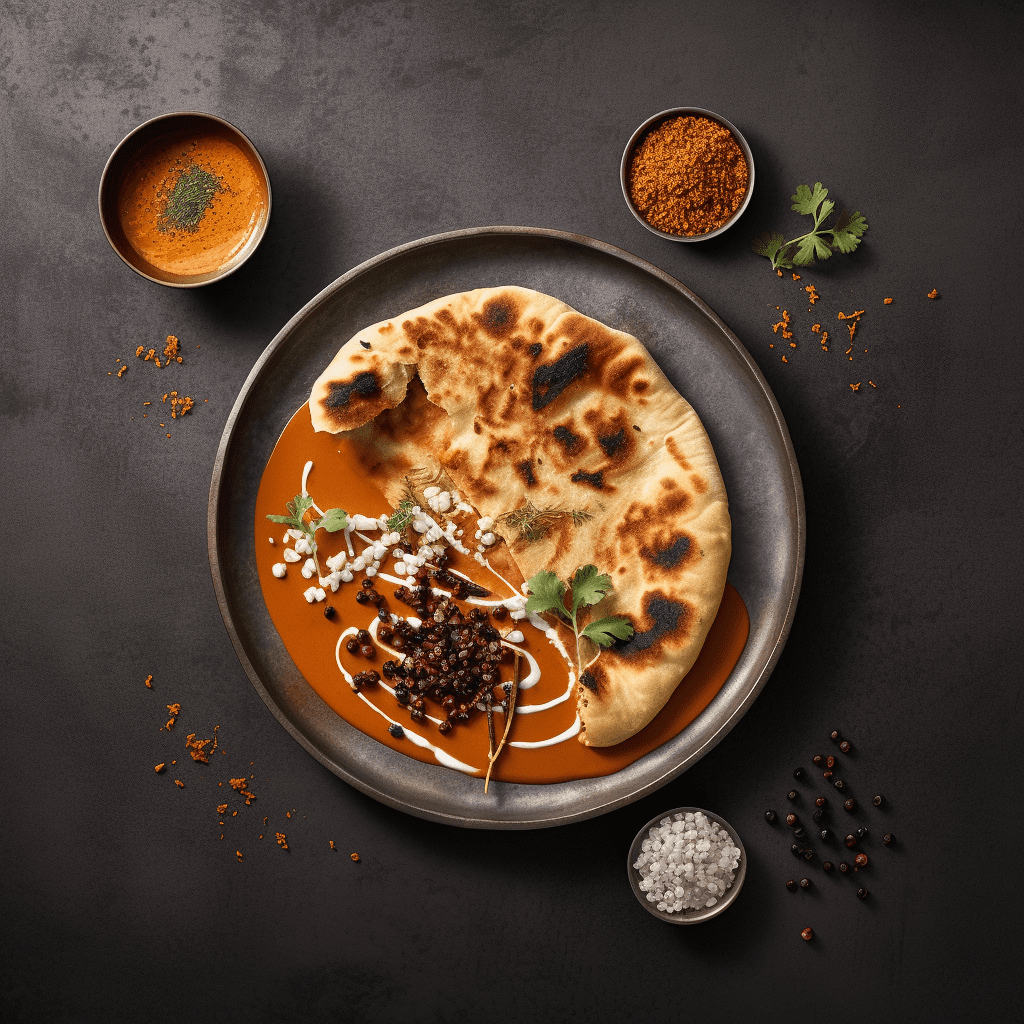

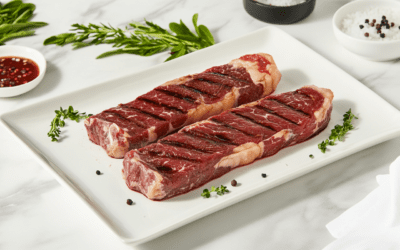
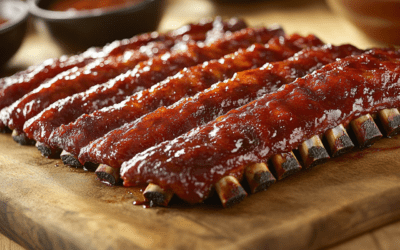
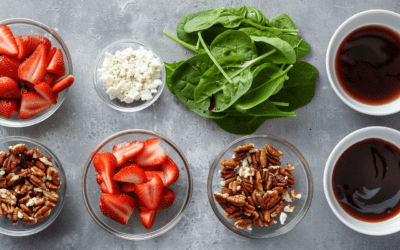
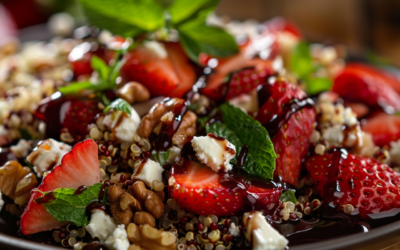
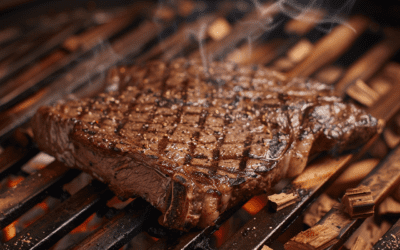

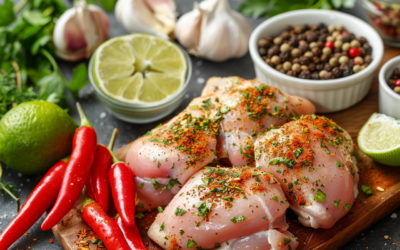
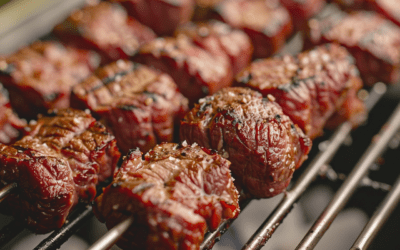
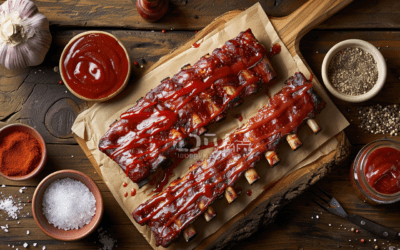

0 Comments